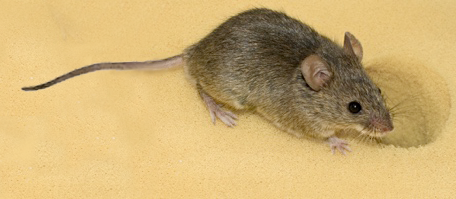Helminth induced monocytosis conveys protection from respiratory syncytial virus infection in mice.
Abstract
BACKGROUND: Respiratory syncytial virus (RSV) infection in infants is a major cause of viral bronchiolitis and hospitalisation. We have previously shown in a murine model that ongoing infection with the gut helminth Heligmosomoides polygyrus protects against RSV infection through type I interferon (IFN-I) dependent reduction of viral load. Yet, the cellular basis for this protection has remained elusive. Given that recruitment of mononuclear phagocytes to the lung is critical for early RSV infection control, we assessed their role in this coinfection model. METHODS: Mice were infected by oral gavage with H. polygyrus. Myeloid immune cell populations were assessed by flow cytometry in lung, blood and bone marrow throughout infection and after secondary infection with RSV. Monocyte numbers were depleted by anti-CCR2 antibody or increased by intravenous transfer of enriched monocytes. RESULTS: H. polygyrus infection induces bone marrow monopoiesis, increasing circulatory monocytes and lung mononuclear phagocytes in a IFN-I signalling dependent manner. This expansion causes enhanced lung mononuclear phagocyte counts early in RSV infection that may contribute to the reduction of RSV load. Depletion or supplementation of circulatory monocytes prior to RSV infection confirms that these are both necessary and sufficient for helminth induced antiviral protection. CONCLUSIONS: H. polygyrus infection induces systemic monocytosis contributing to elevated mononuclear phagocyte numbers in the lung. These cells are central to an anti-viral effect that reduces the peak viral load in RSV infection. Treatments to promote or modulate these cells may provide novel paths to control RSV infection in high risk individuals.
| Authors: | Burgess MO, Janas P, Berry K, Mayr H, Mack M, Jenkins SJ, Bain CC, McSorley HJ, Schwarze J, |
|---|---|
| Journal: | Allergy;2024Aug; 79 (8) 2157. doi:10.1111/all.16206 |
| Year: | 2024 |
| PubMed: | PMID: 38924546 (Go to PubMed) |


